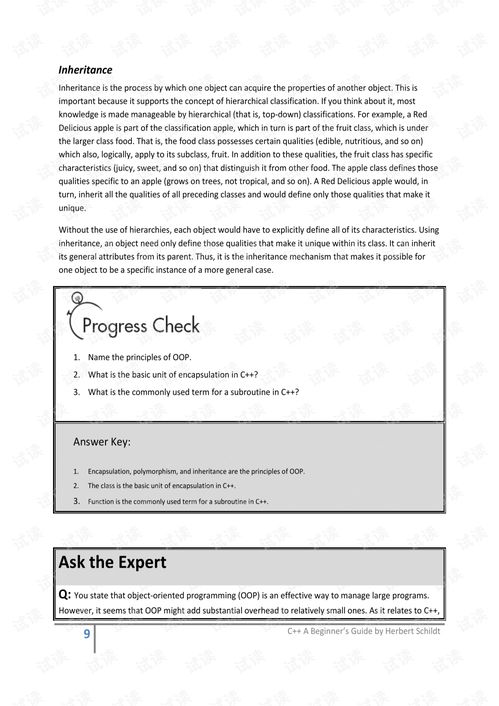Fishing in four-meter waters can be both challenging and exhilarating. The depth and the associated environmental conditions require a different set of skills and techniques to ensure a successful fishing experience. In this article, we delve into the essential tips and tricks for mastering the art of fishing in such depths.
When it comes to fishing in four-meter waters, the first thing to consider is the equipment you'll need. Here are some key pieces of gear that can make your fishing trip more productive:
Appropriate Tackle and Bait: In deeper waters, it's crucial to use the right tackle and bait. Heavy-duty rods and reels are essential to handle the increased pressure and weight of the fish. Additionally, opt for lures or baits that can be easily seen and detected at greater depths.
Quality Line and Leader: Use a strong, high-visibility line that can withstand the pressure of deep water. Monofilament lines with a breaking strength of 20-30 pounds are generally sufficient. A good leader made of fluorocarbon or monofilament can help you present your bait more naturally and reduce line visibility to fish.
Sinker and Weight: In deeper waters, sinkers are essential to keep your bait at the desired depth. Choose a sinker that is heavy enough to hold your bait down but not so heavy that it hinders your ability to cast. Adjust the weight based on the current and water conditions.
Depth Finder: A depth finder is an invaluable tool for fishing in deep waters. It allows you to monitor the depth at which your bait is traveling, ensuring that you are targeting the fish in their preferred habitat.
Techniques for Successful Fishing in Four-Meter Waters:
Timing is Key: Fish are more active during certain times of the day. Early morning and late evening are typically the best times for fishing in deep waters due to cooler temperatures and increased oxygen levels.

Use of Downriggers: Downriggers are devices that allow you to fish at specific depths. By attaching your line to a downrigger, you can control the depth at which your bait is presented. This is particularly useful in four-meter waters where precise depth control is crucial.
Vertical Jigging: Vertical jigging involves moving your lure up and down in the water column. This technique can be highly effective for triggering strikes from fish that are suspended at various depths.
Live Bait: In deeper waters, live bait can be more enticing than artificial lures. Use natural baits such as minnows, worms, or shrimp to attract fish to your hook.
Patience and Persistence: Fishing in deep waters requires patience. Fish may take longer to respond to your bait, so it's important to be persistent and give your presentation enough time to work.
Safety and Comfort:
Proper Attire: Dress appropriately for the water temperature and conditions. Wear a wetsuit or drysuit to stay warm and comfortable during your fishing trip.
Safety Equipment: Always bring a life jacket, a first aid kit, and a fully charged mobile phone. In case of an emergency, these items can be lifesavers.
Navigation Tools: Use a GPS or a map to navigate the waters and ensure that you don't get lost. This is especially important when fishing in deeper waters where landmarks may be less visible.
Conclusion:
Fishing in four-meter waters can be a rewarding experience if you approach it with the right mindset and techniques. By using the appropriate equipment, mastering the art of timing and presentation, and ensuring your safety, you can increase your chances of success. Remember, the key to successful deep-water fishing lies in patience, persistence, and a willingness to adapt to the conditions. With these tips in mind, you'll be well on your way to becoming a proficient deep-water angler. Happy fishing!












